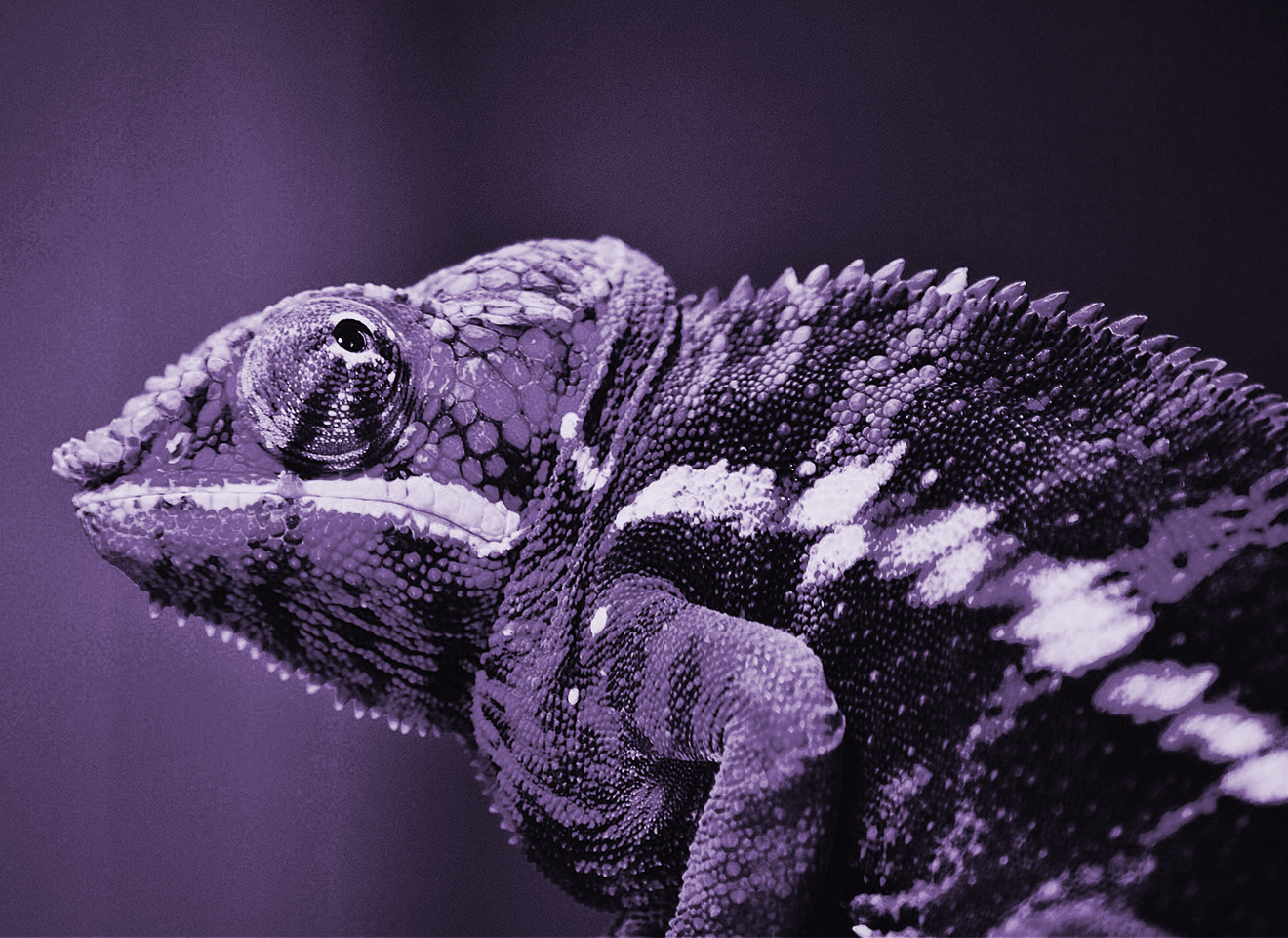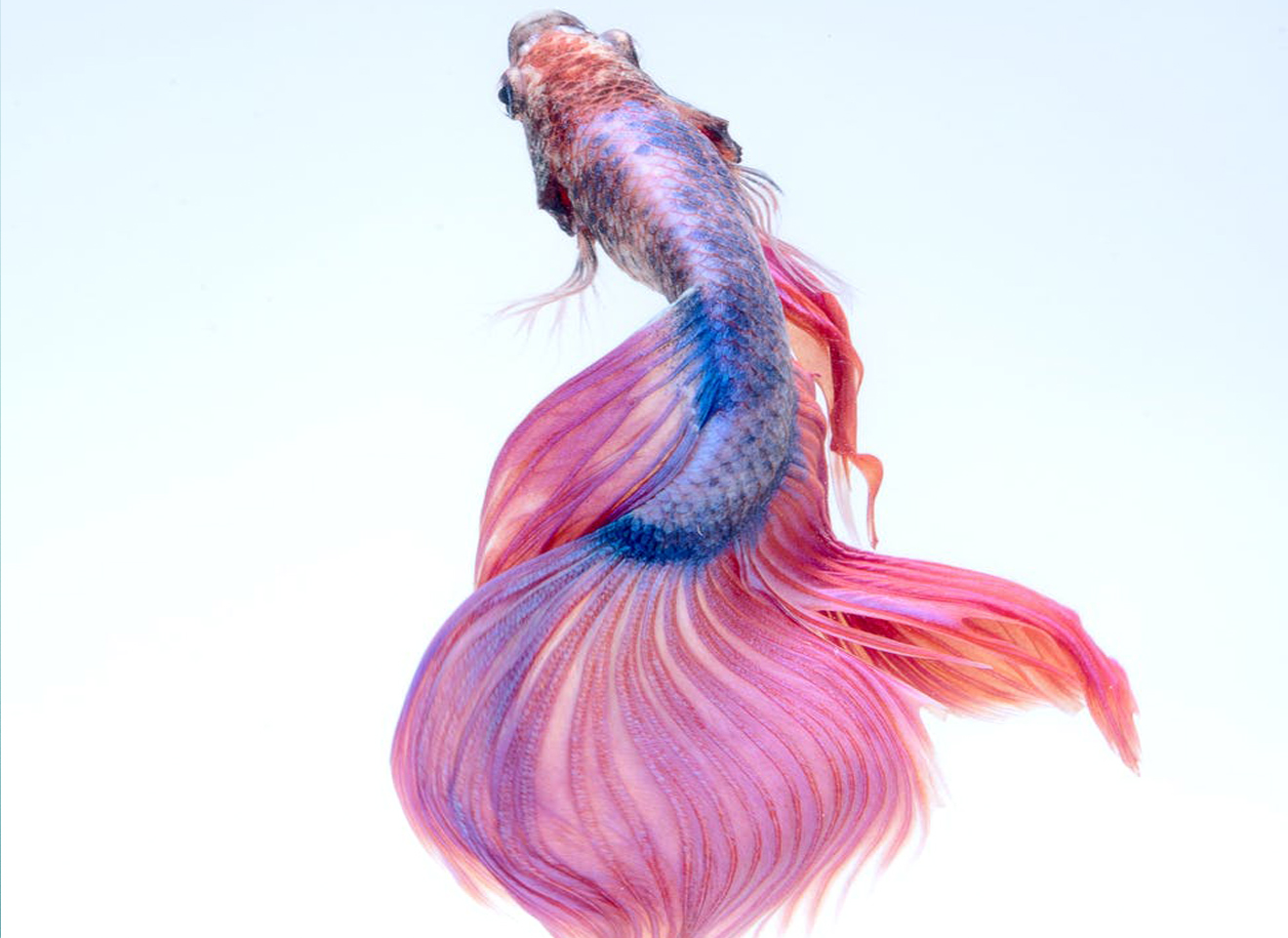everything you need to choose your brand’s color palette
From the yellow helmet of a construction worker to a bride’s pristine gown, colours are quick to convey important information. Their strong and immediate impact make colour palettes a crucial component of any business’s branding efforts.
Whether you’ve decided to branch out from a company and start your own business, or are launching a game-changing new start-up, understanding the impact of colour on consumer behaviour will help your brand become a success.
Research shows that up to 85% of consumers believe colour is the biggest motivator when choosing a particular product, while 92% acknowledge visual appearance as the most persuasive marketing factor overall.
They say first impressions count. This is especially true when it comes to your brand since your brand colour is likely to be the first thing customers see. Colours elicit emotions and feelings, plus they convey certain information. This enables customers to form an initial impression without even knowing what your product is about. Put simply, brand colours are powerful in helping customers decide whether or not they want to engage.
What do you think of when you hear the word “love?” Whether positive or negative, it mostly likely conjures a stronger emotional response than when you hear a phrase like “spice rack.”
Emotions are powerful and (whether we like it or not) drive our decision making. As a brand, you want to cultivate a strong emotional connection with your customers. The problem is you can’t tell your company’s entire life story in a logo or storefront—but branding colours provide a shortcut straight to the heart of your client.
Let’s dive into the hard facts of colour meanings (or at least some guidelines). Here’s a summary of brand colour meanings and the effect that different branding colours can have on people:
Keep in mind that the effect of your branding colours depends on the style and design they are used in, as well as the colour combinations you choose.
So, there we have it, a quick guide to choosing the right colours for your brand. To recap, remember to:
- Embrace colour theory to understand what colours mean
- Identify what your brand is about so you can align with relevant colours
- Consider your competitors so you don’t look the same
- Create and test a colour palette across all brand touchpoints
- Create brand guidelines so your brand always looks the same.




